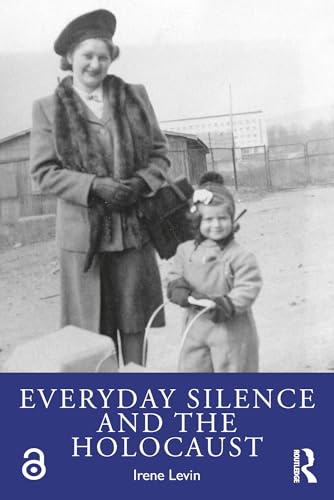
World War II Tactical Camouflage Techniques
by Gordon L. Rottman
Popularity
3.86 / 5
* A book's popularity is determined by how it compares to all other books on this website.
Where to buy?
Buy from Amazon* If you buy this book through the link above, we may receive a small commission at no extra cost to you.
World War II Tactical Camouflage Techniques by Gordon L. Rottman
Details
War:
World War II
Perspective:
Researcher
Biography:
No
Region:
Europe
Page Count:
147
Published Date:
2013
ISBN13:
9781780962764
Description
Main Themes and Topics
"World War II Tactical Camouflage Techniques" by Gordon L. Rottman delves into the intricate and often underappreciated art of camouflage as it was employed during World War II. The book is a comprehensive guide to the various methods and materials used in the concealment of personnel, weapons, equipment, and field positions. Rottman explores the tactics employed by the US, British, German, and Soviet armies across the European and Mediterranean theaters of operations. Key themes include the camouflage of individuals and their equipment, the utilization of natural and expedient techniques, and the deployment of issued camouflage materials like nets and ponchos. The book further elaborates on the strategies for camouflaging equipment and vehicles, positioning techniques, terrain integration, and the strategic use of light and shadow, alongside decoy and dummy positions. These elements are richly illustrated with full-color artwork and historical photographs, offering readers a vivid portrayal of wartime camouflage measures.
Writing Style and Tone
Gordon L. Rottman's writing style in "World War II Tactical Camouflage Techniques" is detailed and informative, reflecting his extensive research and mastery of military tactics. The tone is educational, aiming to provide both enthusiasts and scholars with a thorough understanding of the camouflage techniques that were crucial during the war. The language is clear and precise, making complex tactical concepts accessible to readers without sacrificing depth or accuracy. Rottman's approach combines historical analysis with practical insights, creating an engaging narrative that is as informative as it is captivating.
Criticism
While "World War II Tactical Camouflage Techniques" is praised for its depth of research and rich visual content, some readers might find the book's specialized focus to be too narrow. The meticulous detail, though appreciated by enthusiasts of military history and tactics, could potentially overwhelm those with a casual interest in the subject. Additionally, the book's emphasis on tactical details might detract from broader historical context for some readers who are looking for a more generalized overview of World War II.
Brief Summary
Gordon L. Rottman's "World War II Tactical Camouflage Techniques" is an in-depth exploration of the camouflage strategies employed by major armies during World War II. The book covers a wide range of techniques used to conceal military personnel and equipment, with a focus on practical applications in the European and Mediterranean theaters. Richly illustrated with period photographs and detailed artworks, this study offers a revealing look into the ingenuity and resourcefulness that characterized wartime camouflage efforts. It serves as both a historical record and a tactical guide, providing insights into the methods that were pivotal in military operations during the war.









